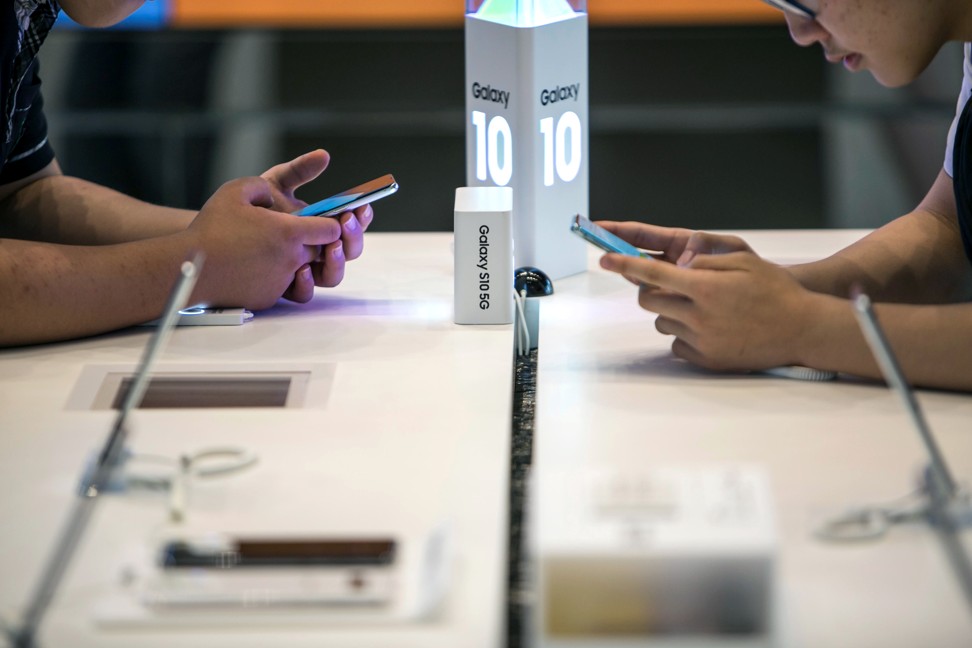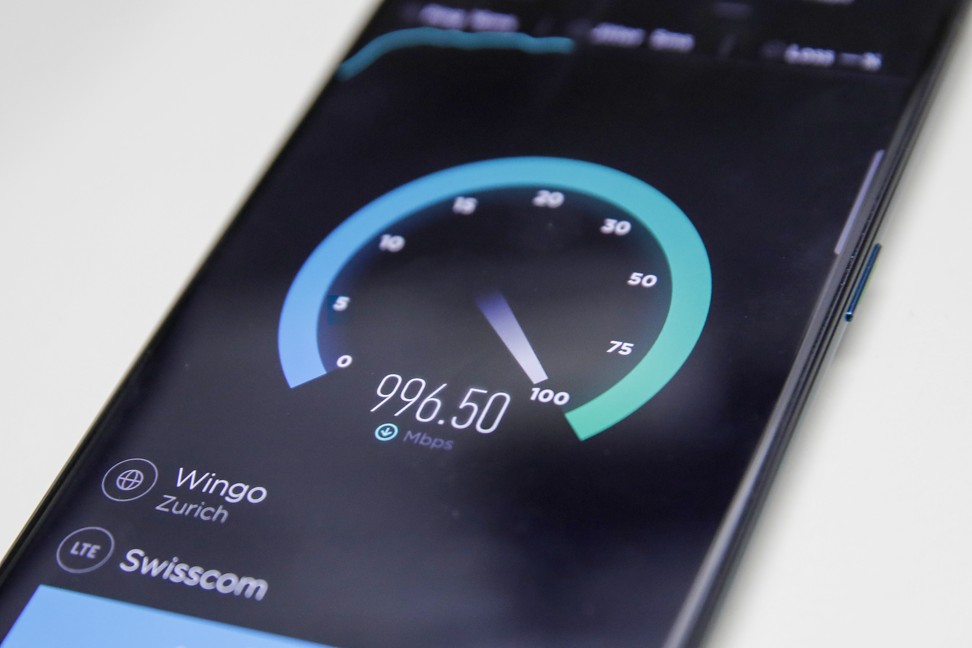How 5G will transform sports viewing, VR gaming and subscription video services

The race is on for 5G, the next iteration – the fifth generation – of wireless networking.
South Korea is currently in the leading position by offering the world's first commercial 5G services: users of Samsung's Galaxy S10 5G smartphones can now access 5G networks through three of the Asian country’s leading telecom operators.
In addition, one of the three, KT, has also rolled out a 5G-based ultra-high-definition live broadcasting service, providing 5G network and 5G mobile news gathering equipment to news broadcaster Seoul Broadcasting System.
If 5G technology delivers on its promises – the ability to deliver a wireless gigabit internet service, massive bandwidth, incomparable low-latency video and reliability – it will truly be a game changer
If 5G technology delivers on its promises – the ability to deliver a wireless gigabit internet service, massive bandwidth, incomparable low-latency video and reliability – it will truly be a game changer.
For the content market, 5G is leading the charge for a next-generation viewing experience.
With the bandwidth that it offers, video viewing will truly be seamless as there will no longer be a need to switch between networks.
Samsung ‘plans new foldable clamshell smartphone’
It is seen as a potential replacement for home broadband in general as well as digital terrestrial television (DTT), by offering the same speed and reliability.
When the technology reaches mass adoption, it is likely to launch a new round of cord-cutting as consumers cut their home broadband and give a helping hand to augmented reality (AR) and virtual reality (VR) technologies, finally allowing lightweight, eyeglass-style wireless headsets. It has that much potential.
New cord-cutting craze

Some estimates say video could form as much as 90 per cent of all 5G traffic. For over the top (OTT) services, that means faster and smoother delivery of video, no buffering, higher resolution and a better, more engaging user experience.
This is expected to continue driving growth and opportunities for OTT plays as more consumers migrate away from traditional subscription television, or pay TV.
Delay buying Apple, Samsung and Google’s latest smartphones
Both subscription and ad-supported services should flourish. In the case of advertising video-on-demand (AVOD), 5G mobile delivery will be capable of providing more data from which to create actionable insights to be used to better personalise advertising.
5G will also be a potential rocket that VR and AR can ride on. The next-generation wireless networks will allow manufacturers to scale back on the size of headsets and eliminate the need to be tethered to a computer
For subscription VOD (SVOD) services, 5G will drive the trend of content personalisation, even micro-personalisation, to better engage viewers.
AR & VR finally becomes mainstream

5G will also be a potential rocket that VR and AR can ride on. The next-generation wireless networks will allow manufacturers to scale back on the size of headsets and eliminate the need to be tethered to a computer.
The reason is that 5G networks are designed to handle significantly more data than 4G networks and even most residential internet services. In addition, live delivery of sporting events has the potential to be better than over traditional broadcast or pay-TV delivery, by incorporating more AR elements during games, using the high-speed 5G network.
What would a Tesla smartphone look like if Elon Musk created one
Major driver for sports delivery
Mobile already is grabbing a significant share of major sporting events, such as the Fifa Women’s World Cup – won by the United States after a 2-0 victory over the Netherlands in Sunday’s final.
Mobile views are also growing tremendously. 5G will open a market for content creators looking to focus on mobile devices, delivering shorter content designed for smaller screens.

Live sports events also often place a lot of stress on networks, especially sporting occasions such as the 2018 Fifa World Cup in Russia.
The data consumption during a match was found to be double the data consumed during the “busy hour” for the remainder of the year. 5G answers the needs of sports viewers by being able to better support such network-heavy events.
An iPhone for under US$500 – and 4 other low-priced phones
With the numerous opportunities that 5G promises, it is likely to bring new sets of challenges to content owners in managing their 5G-ready content assets.
To truly monetise this next-generation technology, it is equally important for content owners to ensure workflow automation from the start, so that they can bring content to consumers at speed, as 5G becomes available.
Patricio Cummins is vice-president of Asia-Pacific and Japan for Ooyala, a leading provider of OTT, content production, and digital distribution solutions.
Want more stories like this? Sign up here. Follow STYLE on Facebook, Instagram, YouTube and Twitter

- The new high-speed wireless network can handle much more data than 4G, enhance user experience of watching sports on mobiles and replace most home internet services